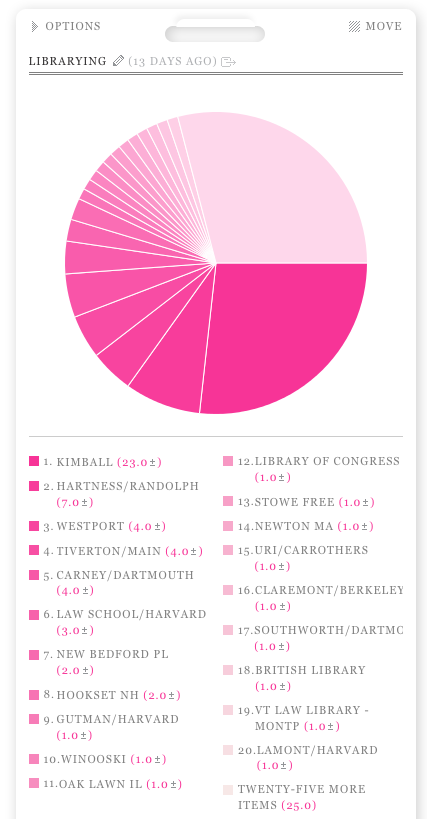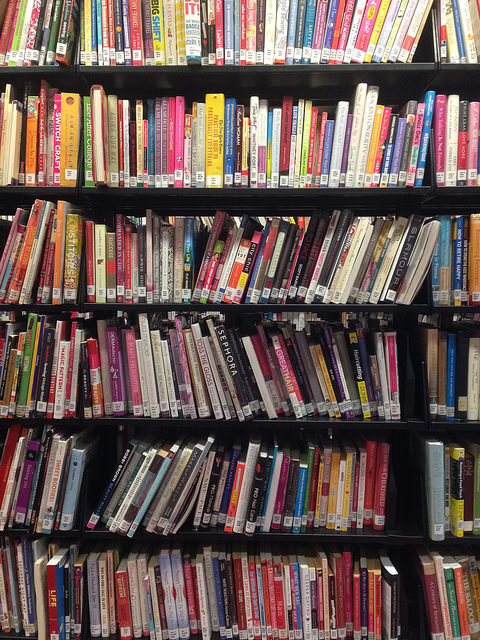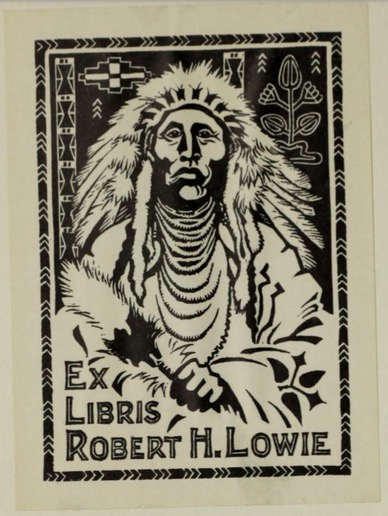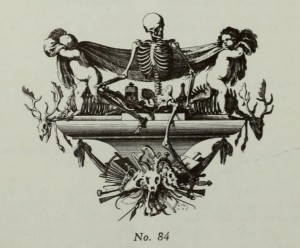
I’m a firm believer of eating your own dog food. Meaning if you say stuff about libraries (and I do), then make sure you go to them as if going to them was your JOB (and I do). Don’t just go to the one library where your job is, though that helps.
Every year I make a list. Every year I reflect on that list. This year I went to forty-five libraries in nine states and one non-US country. Eighty-six library visits total. Many more different libraries than last year, but just a few more visits overall. With all this, I only added two new libraries to my Vermont 183 project even as I hand out awards to people who have been to over 190 libraries in Vermont!
Seven years in a row I’ve been keeping this up. Previous years: 2015, 2014, 2013, 2012, 2011, 2010, 2009 and some reviews from 2003
Libraries I went to more than once include.
- Kimball (VT) – my local and one of the best libraries in my opinion.
- Hartness (VT) – my local academic, bigger collection and longer hours but further away
- Westport (MA) – my summer local, don’t love it but do use it
- Tiverton (RI) – the library in the summer that I go to more often even if I can’t check out books
- Carney/Dartmouth (MA) – local academic, another great library, well-loved, well-used
- Harvard Law Library (MA) – where my fellowship is and where I can go work
- New Bedford (MA) – used to be a museum, I take guests here
- Hookset (NH) – here for work, twice, always enjoy it
Libraries I only went to once
- Gutman (Harvard) – part of an attempt to go to all Harvard’s libraries
- Winooski (VT) – doing some Passport work here
- Oak Lawn IL – stopped & checked email on our #WestOn20 trip
- Library of Congress (DC) – always a favorite
- Stowe Free (VT) – participated in a panel for their anniversary
- Newton (MA) – stopped to chill after a long ALA week
- URI/Carrothers (RI) – gave a talk, visited friends
- Claremont/Berkeley (CA) – hid out avoiding a kid birthday party
- Southworth/Dartmouth (MA) – great place to work, lovely art
- British Library (UK) – got to take my sister to this great place
- VT Law Library – MontP (VT) – a farewell to a colleague
- Lamont (Harvard) – so stoked to finally get in here!
- Aldrich/Barre (VT) – visiting a friend doing some visioning
- Belchertown (MA) – what a gem! stopped by on the way home from friends’
- MIT/Hayden (MA) – what a treat after Harvard’s closed system
- Ames/Easton (MA) – stopped in before a wedding next door
- Former War Library (DC) – this is basically IN THE WHITE HOUSE, omg
- Harold Johnson Library, Hampshire (MA) – my alma mater
- Montpelier (VT) – stopping in before seeing a friend
- Goddard (VT) – was on the radio!
- Brown/Northfield (VT) – passport wrap-up
- Cambridge/Central Branch (MA) – can’t even remember this visit but I am sure I liked it
- Boston Public (MA) – saw my friend Tom, got a cool tour
- Schlesinger/Harvard – saw my friend Jen, got a cool tour
- Lewisham (UK) – a great neighborhood library
- Watson Retreat Center (NY) – a funky special library
- Internet Archive (CA) – they say they are a library, so they are
- Girard (PA) – a round library, part of #WestOn20
- Caird Library (UK) – at the Naitonal Maritime Museum, not as friendly as I’d hoped
- Howe/Hanover (NH) – always a favorite
- MLK Branch (DC) – saw movies about black history and drank it in
- Weissman/Harvard – a rare open house, I was not allowed to take photos
- Cazenovia (NY) – a mummy!
- Manor House (UK) – a library having hard times but doing ok
- Fairfield/Millicent (MA) – another great library to take friends to
- BU (MA) – gave a talk, stuck around to see the basement
- Pollard/Lowell – a great old classic library
I’ve had an average of 80-ish visits per year for a few years now so I think that is my new normal. So a library every five days. A new library every eight days. Maybe when I hit ten years I’ll do a decade long wrap up. I wish this data was all in standard form….
I am very thankful my work takes me to all of these lovely places. Thanks to the librarians who graciously showed me around.





